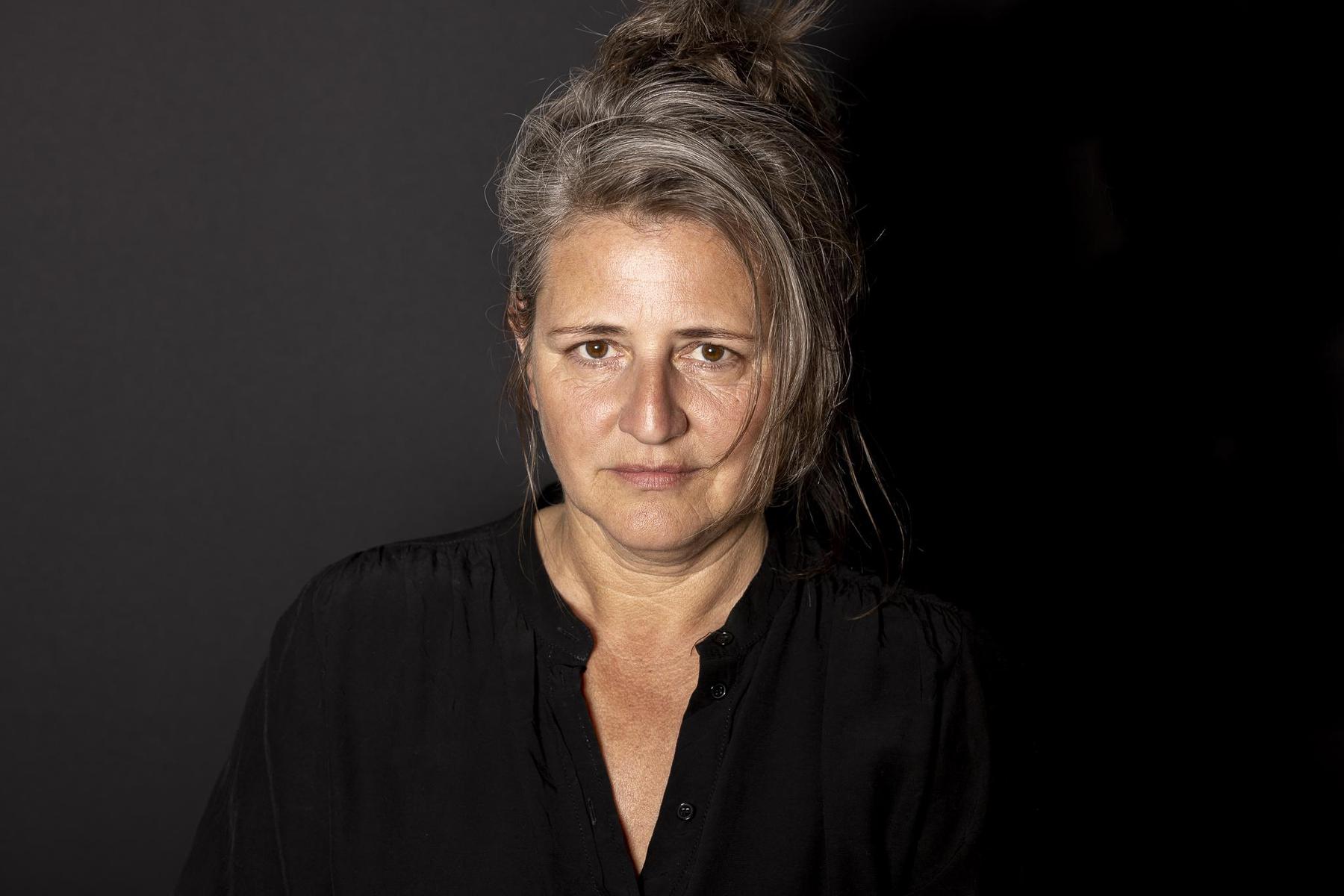Instead of headphones – scientists « beams » sound to the ears

Imagine that you can stand in the middle of a crowd and listen to music that no one else hears – without having a headphones on you.
A group of researchers at Pennsylvania State University have developed a method for creating what they call « sound pockets ». Small, defined areas where a sound is heard without the environment perceiving it.
– What I find most exciting is to create « virtual headphones » – where the sound is delivered to a certain individual without speakers or any portable unit. Imagine listening to music, taking a phone call or getting a directions without having anything in your ears or disturbing people around you, writes Jia-Xin Zhong, who is a postdoctoral at PSU in an email to DN.
To achieve The phenomenon uses the researchers of ultrasound waves. They are normally not audible to the human ear – but there are tricks. The researchers send out two ultrasound waves that meet in a specific location.
When the two rays collide, a phenomenon that transforms the ultrasound into audible sound arises, a technology they describe in an article in the scientific journal Pnas.
– It is a very complicated process. On their own, these ultrasound waves hardly produce any audible sound at all, but when they beams, an interaction creates an audible sound, says Jens Ahrens, a professor of technical acoustics at Chalmers.
Since the ultrasound is not audible in itself, the sound will not be heard either before or after the rays meet. Only the one that is exactly at the intersection of the audible sound.
In their experiments, the researchers have made sound pockets that are about ten centimeters in diameter, but the surface where the sound is heard can be adapted to the circumstances.
However, Jia-Xin Zhong himself sees great potential in technology.
– It opens up new opportunities when we can depart from the physical limitations of ordinary speakers, he writes.
He mentions that car stereo Could play different music for different passengers and that they can replace headphones in offices or in guided tours at a museum. The same technology could also be adapted to provide a calmer work environment, by providing the same type of active noise reduction that many headphones have today.
But it takes time before sound pockets can start replacing headphones in the office landscapes. The researchers are clear that they have so far only managed to prove that the method works, it will be required for many years of further studies before the technology is ready for the market.
The prototype that the researchers built can radiate sound about one meter from the speakers and reach a sound volume of 60 decibels, which corresponds to normal call level.
– I would say that it is an interesting way to combine different sound phenomena to create such an application, and it will be exciting to see what sound quality they can achieve in the future, says Jens Ahrens at Chalmers.
Read more:
Plans for mammoth’s return arouses feelings







